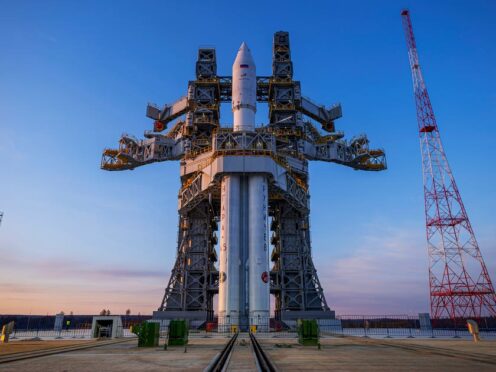
Russian space officials have aborted the test launch of a new heavy-lift rocket from its far-eastern launch pad.
The Angara-A5 rocket was scheduled to lift off from the Vostochny space launch facility at 0900 GMT on Tuesday, but the launch was aborted two minutes before.
Yuri Borisov, head of Roscosmos state space corporation, said the automatic safety system cancelled the launch after registering a flaw in the oxidiser tank pressurisation system.
He said the next launch attempt was set for Wednesday.
Tuesday’s launch was to be the fourth for the Angara-A5, a heavy-lift version of the new Angara family of rockets that has been developed to replace the Soviet-designed Proton rockets.
The previous three launches were carried out from the Plesetsk launchpad in north-western Russia.
After the 1991 break-up of the Soviet Union, Russia leased the Baikonur Cosmodrome from Kazakhstan and continued to use it for most of its space launches.
The agreement with Kazakhstan allows Russia to keep leasing Baikonur for 115 million dollars a year through to 2050.
While Russia’s Roscosmos state corporation has continued to rely on Baikonur, Russian authorities have developed Vostochny as the facility of choice for Angara launches.
The construction of the new spaceport has dragged on for longer than planned and it has seen only limited use so far.

Enjoy the convenience of having The Sunday Post delivered as a digital ePaper straight to your smartphone, tablet or computer.
Subscribe for only £5.49 a month and enjoy all the benefits of the printed paper as a digital replica.
Subscribe